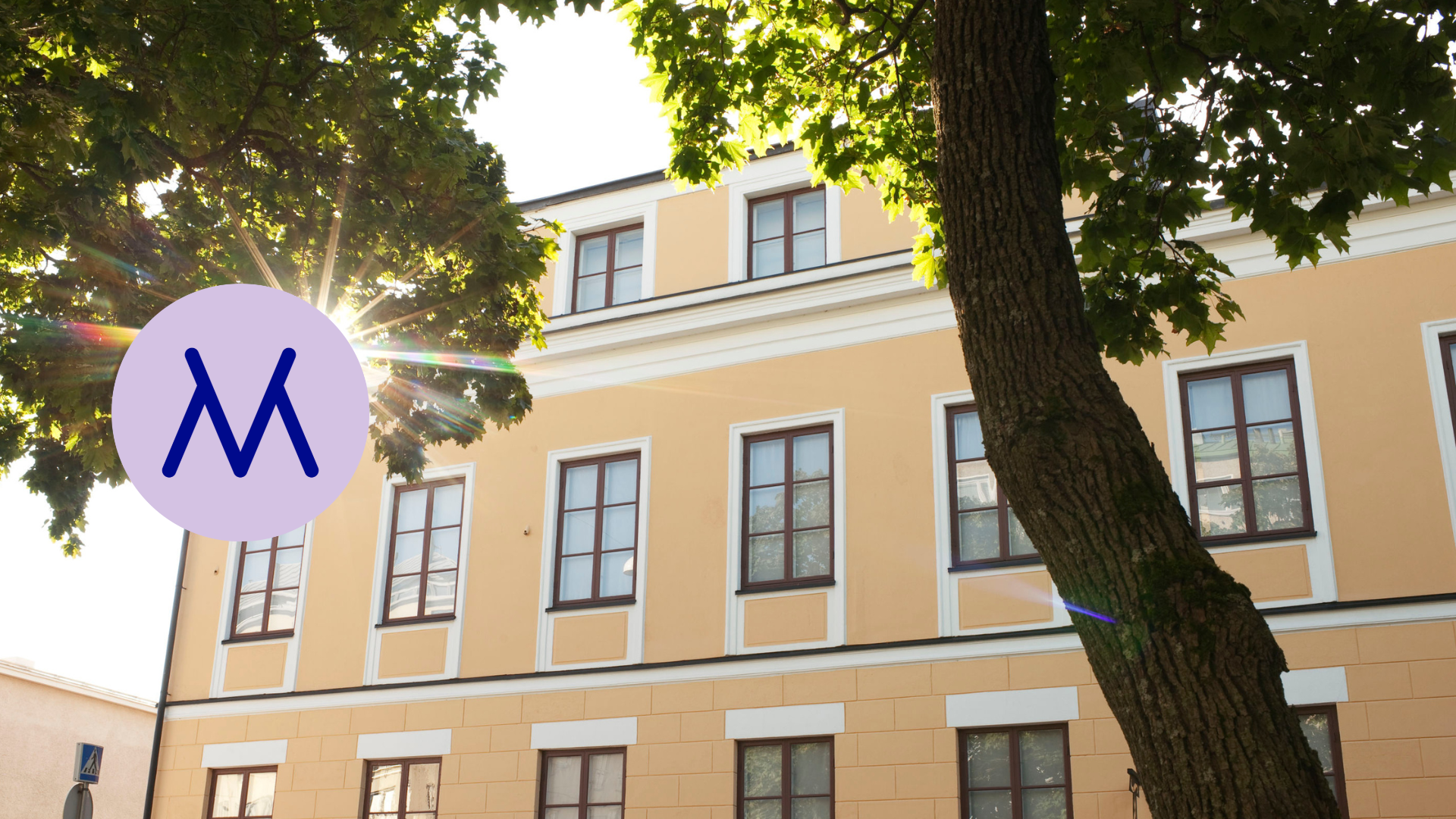
The Tikanoja Art Museum is closed for the summer due to façade and roof renovations. The museum opens again in the autumn with knew exhibitions
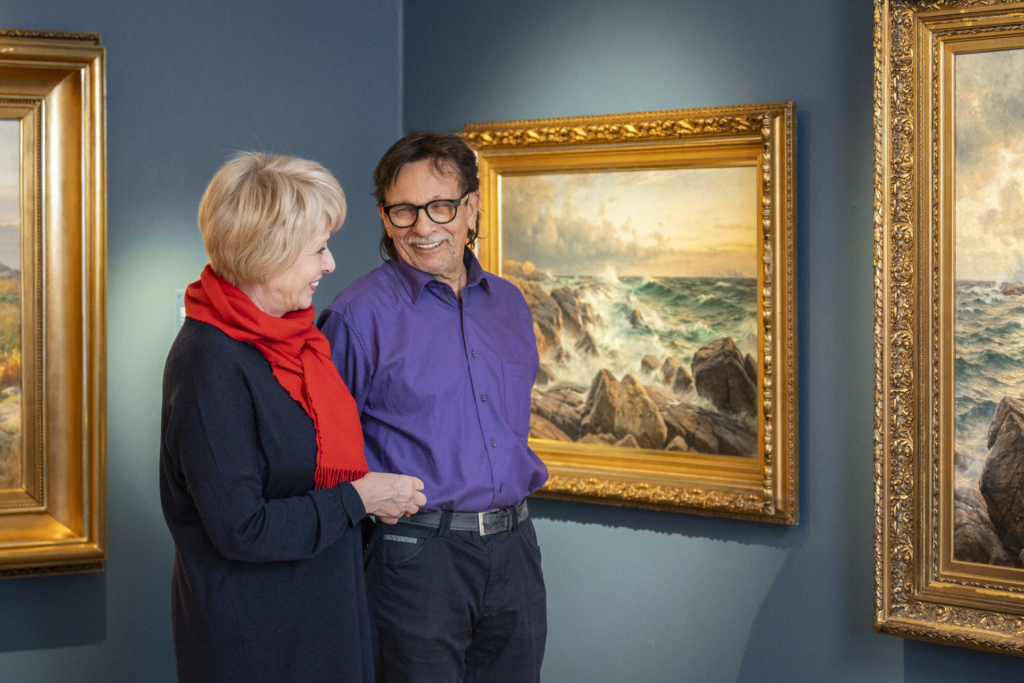
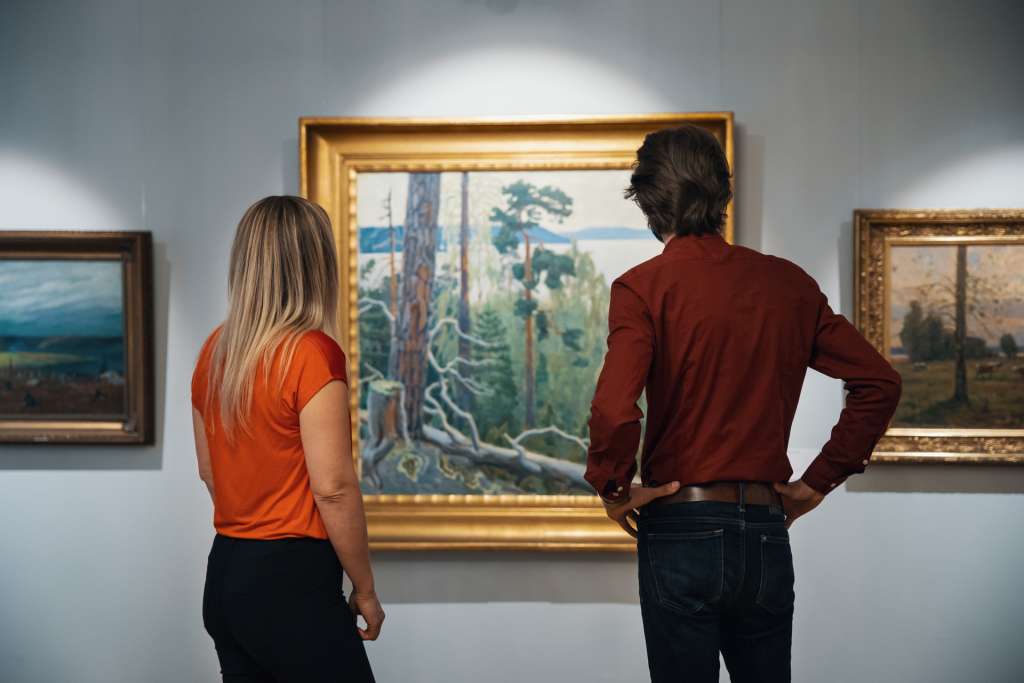
Explore the museums' exhibition and event calendar.

Discover our guided tour options.
Read detailed information regarding arrival and accessibility.
The Tikanoja Art Museum is located in the center of Vaasa, where Frithjof Tikanoja and his wife Ruusa (née Myntti) lived with their children. The building has served as an art museum since 1951.
The museum hosts exhibitions of domestic and foreign old art, cultural-historical thematic exhibitions, as well as exhibitions from their own collections.
The Tikanoja Art Museum is situated in a house that is one of the first residential buildings constructed after the Vaasa fire. Church builder Erkki Kuorikoski designed the house as a residence for his family, and it was completed in the early 1860s. After the Kuorikoski family, the house has been inhabited by numerous residents. The exterior appearance of the house has changed due to several repair and alteration works carried out before, during, and after the Tikanoja family’s time.
Business magnate Frithjof Tikanoja moved into the house in 1918 with his wife Ruusa (née Myntti). The family expanded during the 1920s with six children. Ruusa’s brother, the artist Eemu Myntti, had striking paintings displayed in the Tikanoja home, along with works by foreign modernists. Artworks were also exhibited at the Meriniemi villa, where Tikanoja tended to an extensive garden and entertained guests. Ruusa Tikanoja passed away in 1930 shortly after the birth of the youngest child. Frithjof Tikanoja lived with his children in the house on Koulukatu until the 1940s.
Frithjof Tikanoja personally experienced the inspiring impact of art and wanted to offer the same opportunity to others. He donated his book and art collection to the city of Vaasa on December 22, 1951. The new art museum, the Tikanoja Art Museum, opened to the public on December 26, 1951.
Frithjof Tikanoja (1877–1964) was born into a peasant family in Kälviä. However, he was more interested in trade and literature than farming. After working as a shop assistant and sales representative, he founded the Lassila & Tikanoja wholesale business in Vaasa in 1905, together with Josef Lassila. The company grew and expanded into the textile and shoe industries in the 1920s. Tikanoja was granted the title of “kauppaneuvos” (merchant consul) in 1922.
Frithjof Tikanoja began collecting art during World War I when he acquired the Meriniemi villa. His marriage to Ruusa Myntti introduced Tikanoja to a wide network of artists. Ruusa’s brother was the painter Eemu Myntti, and her sister Lyyli exhibited her textile works. Lyyli Myntti married architect and visual artist Matti Björklund (Visanti). Visanti focused on graphic art in his artistic production, while pastel painting became a central means of expression for Lyyli Visanti. The artist friends of the Mynttis and Vistantis also became part of Tikanoja’s circle of acquaintances.
Frithjof Tikanoja was a cultural figure who loved literature, music, and sang in a choir. He generously supported Finnish cultural and educational projects. Tikanoja was involved in founding the Vaasa Art Association in 1917, and he also donated a number of artworks he had purchased to the Association’s collection.
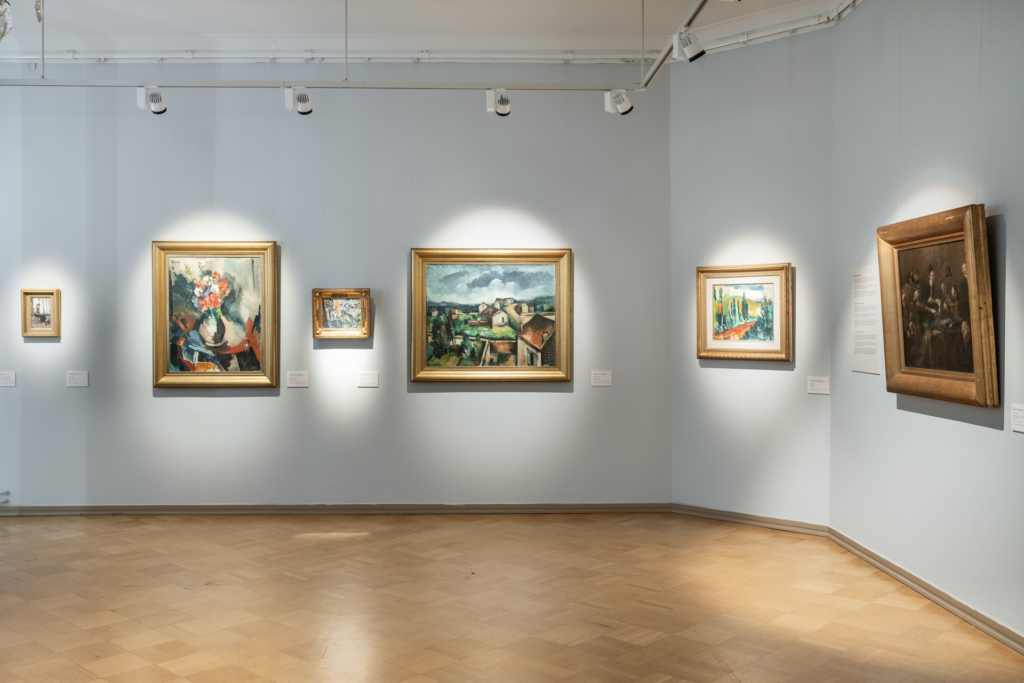
The collection of the Tikanoja Art Museum includes art collected by Frithjof Tikanoja (1877-1964) and a number of works bought after his death or donated to the collection.
Collections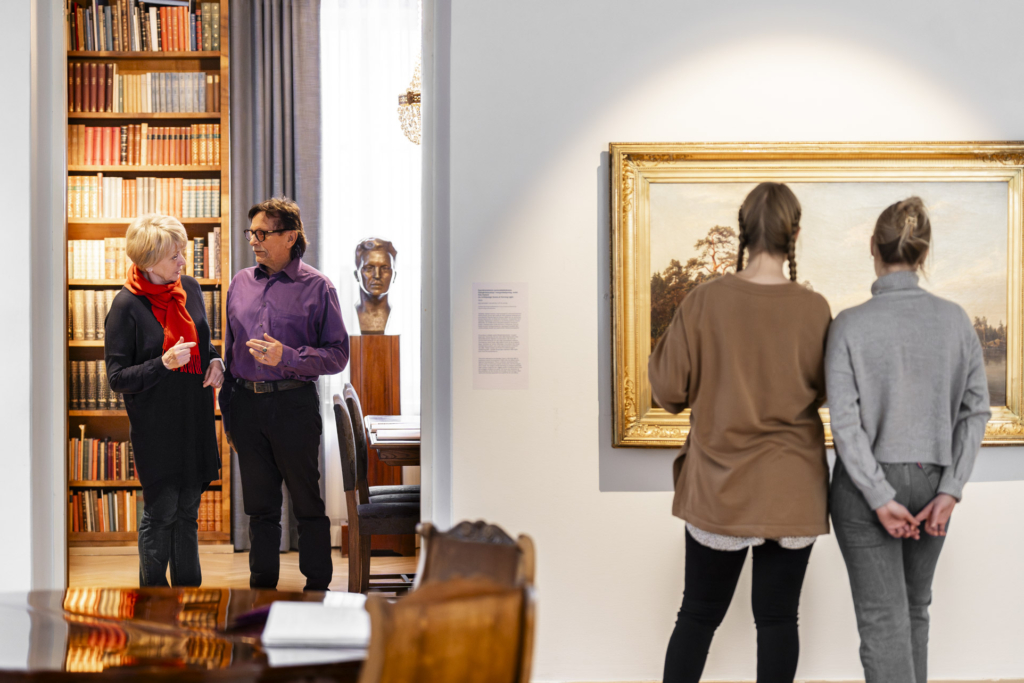
The public spaces of the Tikanoja Art Museum can also be rented for private events. On the third floor, there is an educational space that can accommodate seating for approximately 15 people around low tables.
Available venuesInformation desk and museum shop: +358 40 182 8702
You can find all the contact information for Vaasa museums here.